Liverpool Road Station, now the site of the Science and Industry Museum, is the oldest surviving purpose-built passenger station in the world. The thrilling new passenger experience stole the headlines when the station first opened in 1830, but transporting freight like cotton and finished textiles between industrial Manchester and the international port of Liverpool was the main economic driver for the construction of the revolutionary railway.
The shipping shed was built 26 years after Liverpool Road Station first opened—after booming passenger services had moved to the much bigger Hunt’s Bank Station (now Victoria). The shipping shed shows how the station was expanded and upgraded over time as it transformed into a large and thriving goods station.
Timeline
Here are some of the highlights of this building’s unique history accompanied by some of the amazing archive photographs we’ve found of this special place:
1856
The shipping shed was built in 1856 by the London and North Western Railway as a railway goods transhipment shed for Liverpool Road Station, which had been operating solely as a goods station since 1844. It was a significant expansion. The purpose of the building was to quickly move goods from train wagons onto horse-drawn carts for distribution around the city. For nearly 150 years, Liverpool Road Station was bursting with produce from all over the world, providing Manchester’s manufacturers access to a global market.
This fantastic photo shows the shipping shed as a hive of activity in 1934:
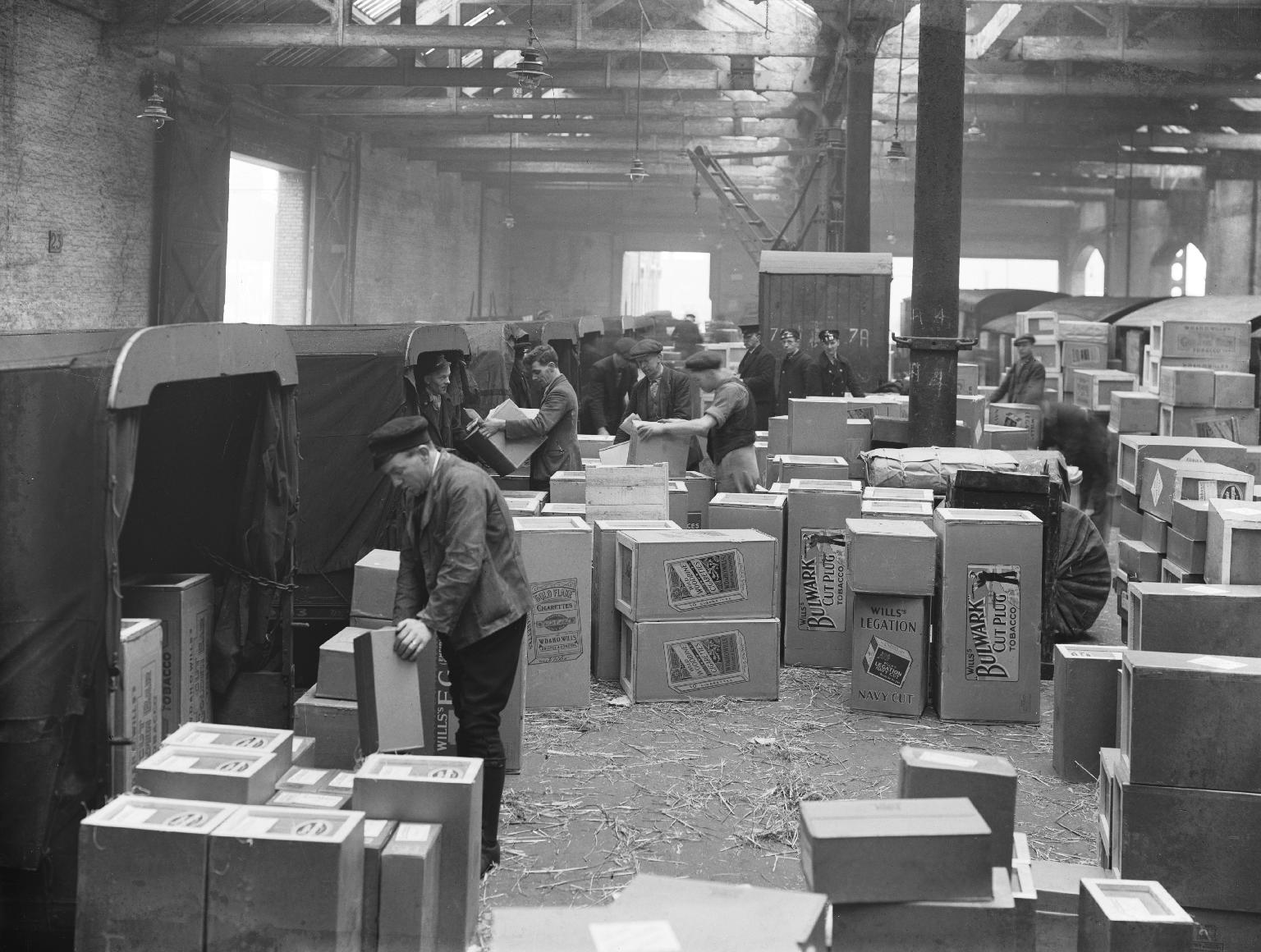
1880
Have you ever noticed the big, dark red metal structure outside the Power Hall? This is a gantry for powered cranes to move along. Designed to move heavy goods from one wagon or cart to another, the addition of the crane gantry shows how new technology was adopted to help cope with increasing demand at this busy goods station. The exact date of the crane gantry is unknown, but from maps, we know it was in place by 1881 and it was likely to have been erected shortly after the building of the New Warehouse in 1880. This photograph shows how the gantry looked in 1982, seven years after the goods station closed. At that point, the vertigo-inducing operator’s cabins were still present.
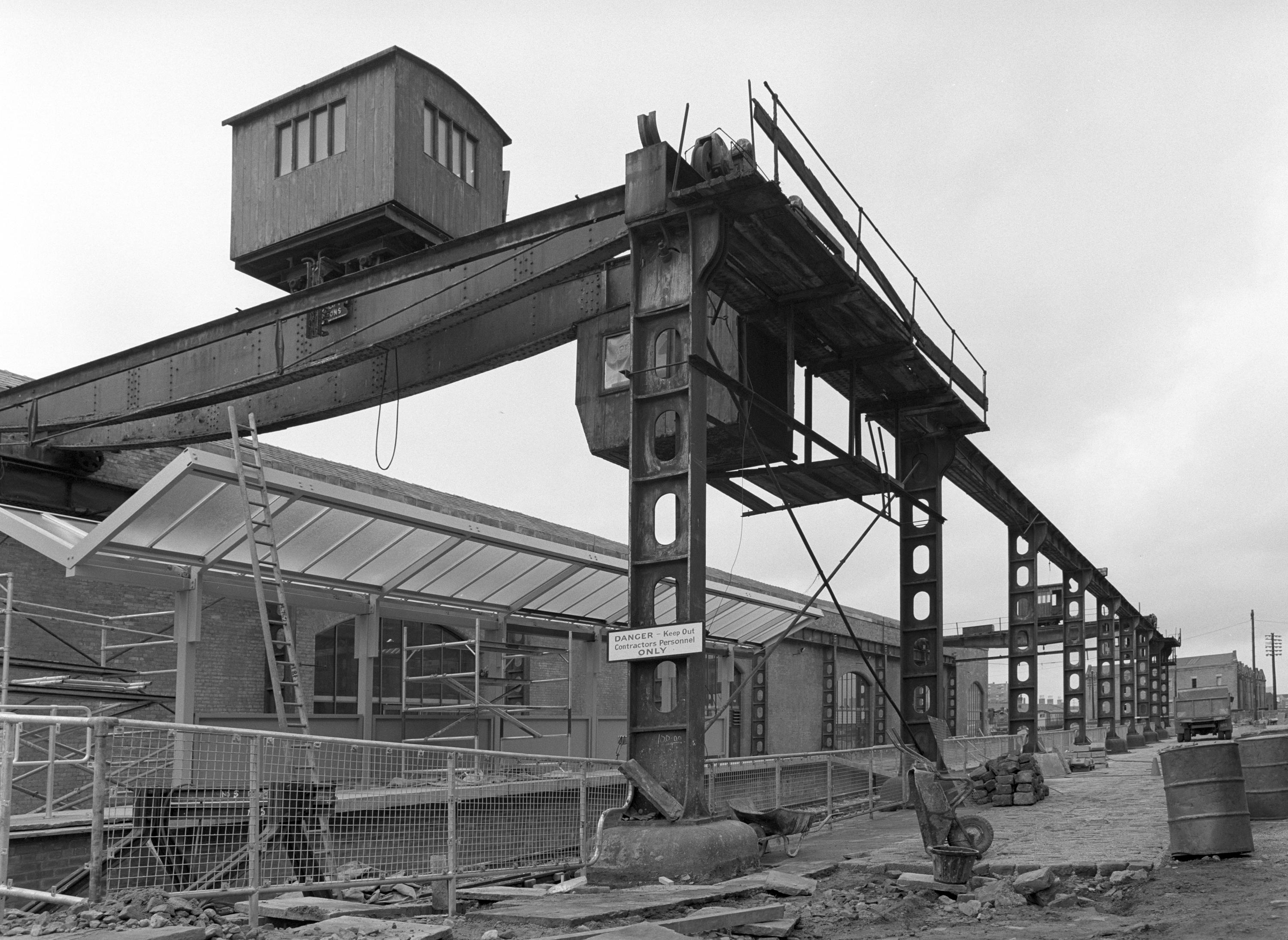
1975
Liverpool Road Station was closed by British Rail in 1975, having transported passengers and goods for an incredible 145 years. After closure, the site deteriorated, and the shipping shed became derelict. Here it is just three years later, in 1978, but its luck was about to change:
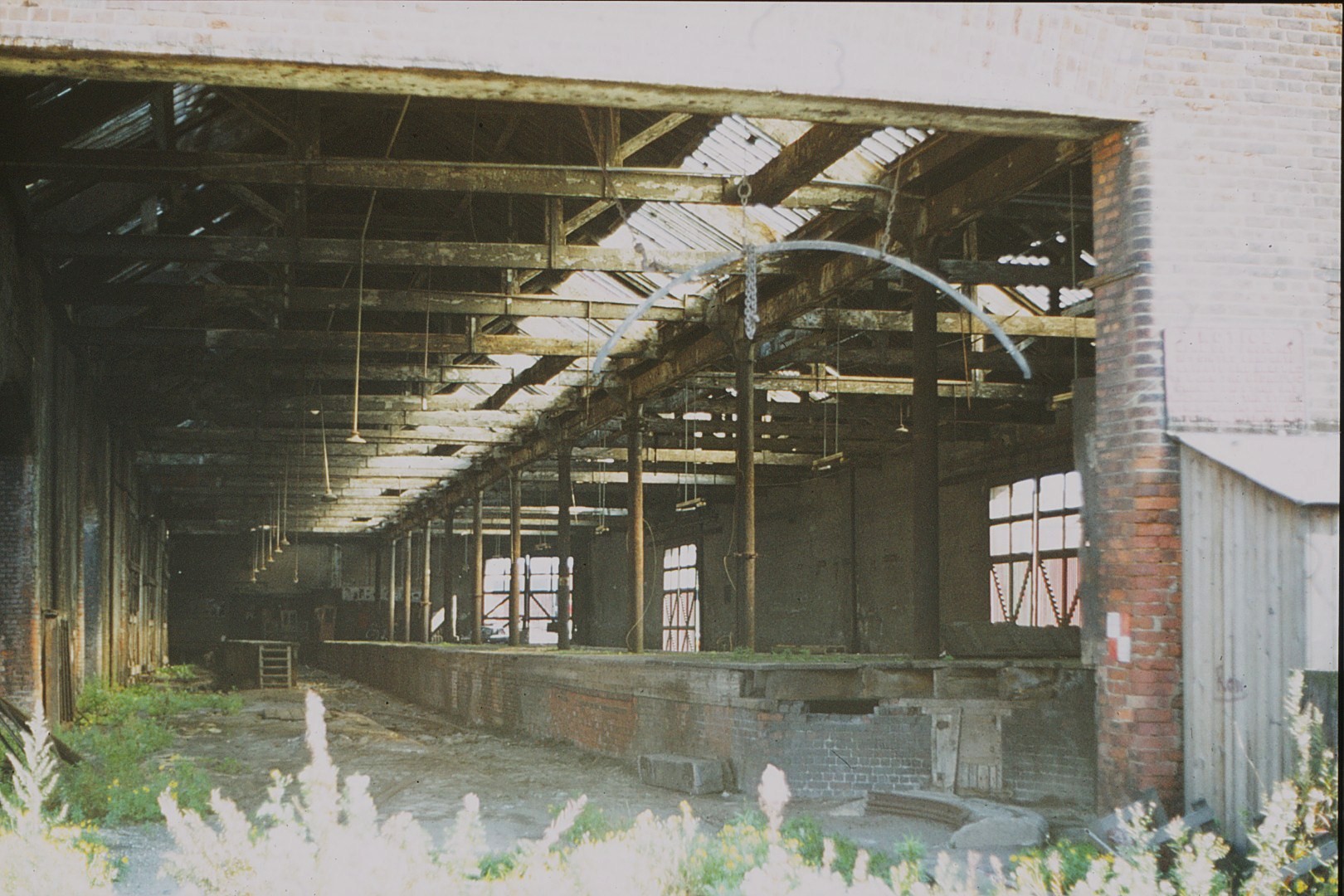
1978
That year, some pioneering heritage enthusiasts who recognised the historic importance of the site formed the Liverpool Road Station Society. They aimed to secure the safety of the buildings and ultimately restore them. Here are some members of the group taking a first look at the Power Hall:
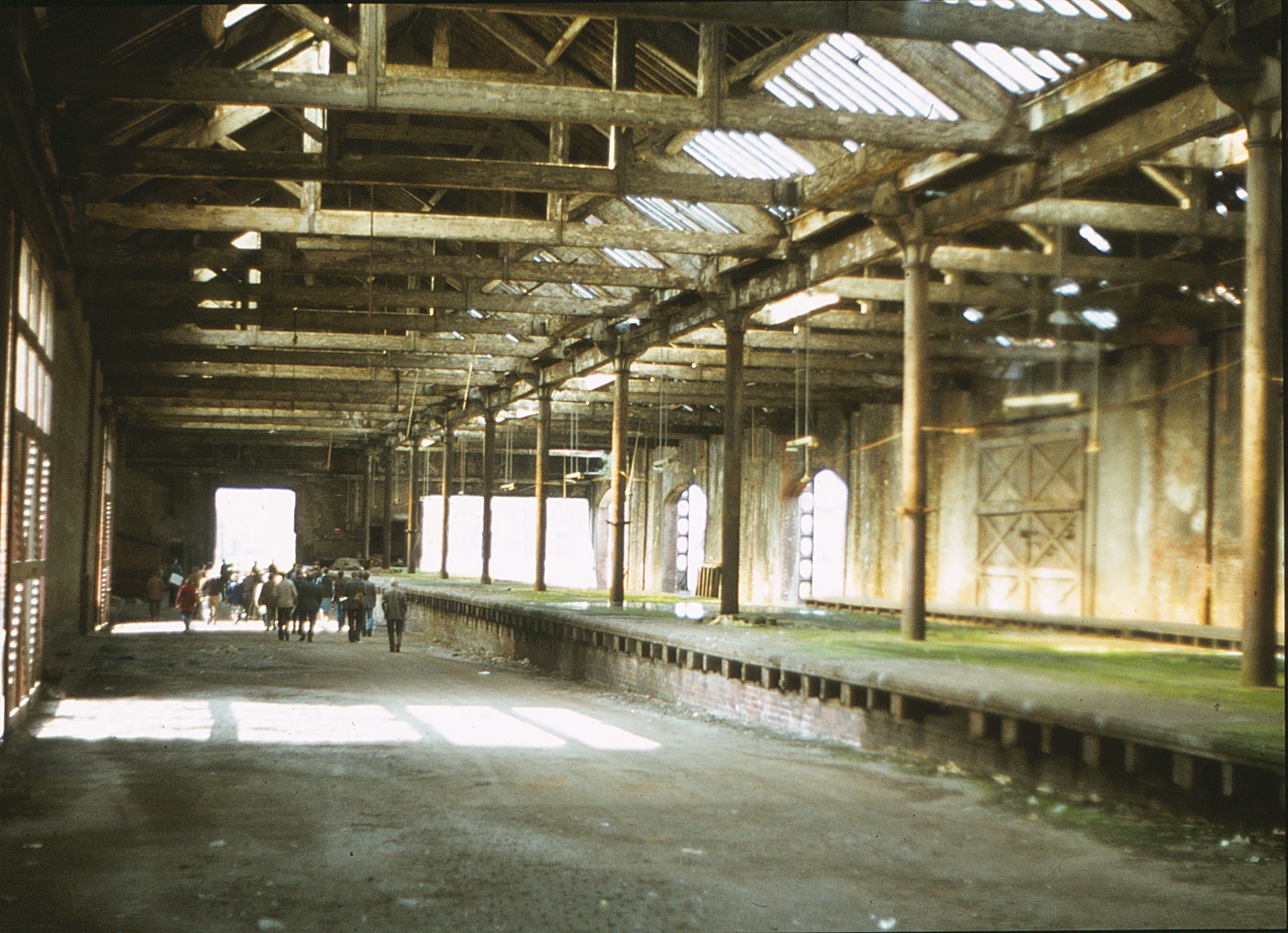
1980
The Great Railway Exposition in 1980 was a huge celebration of the 150th anniversary of Liverpool Road Station, and festivities focused on the shipping shed where many historic locomotives were brought together. The event signalled a new era for the site as a heritage destination.

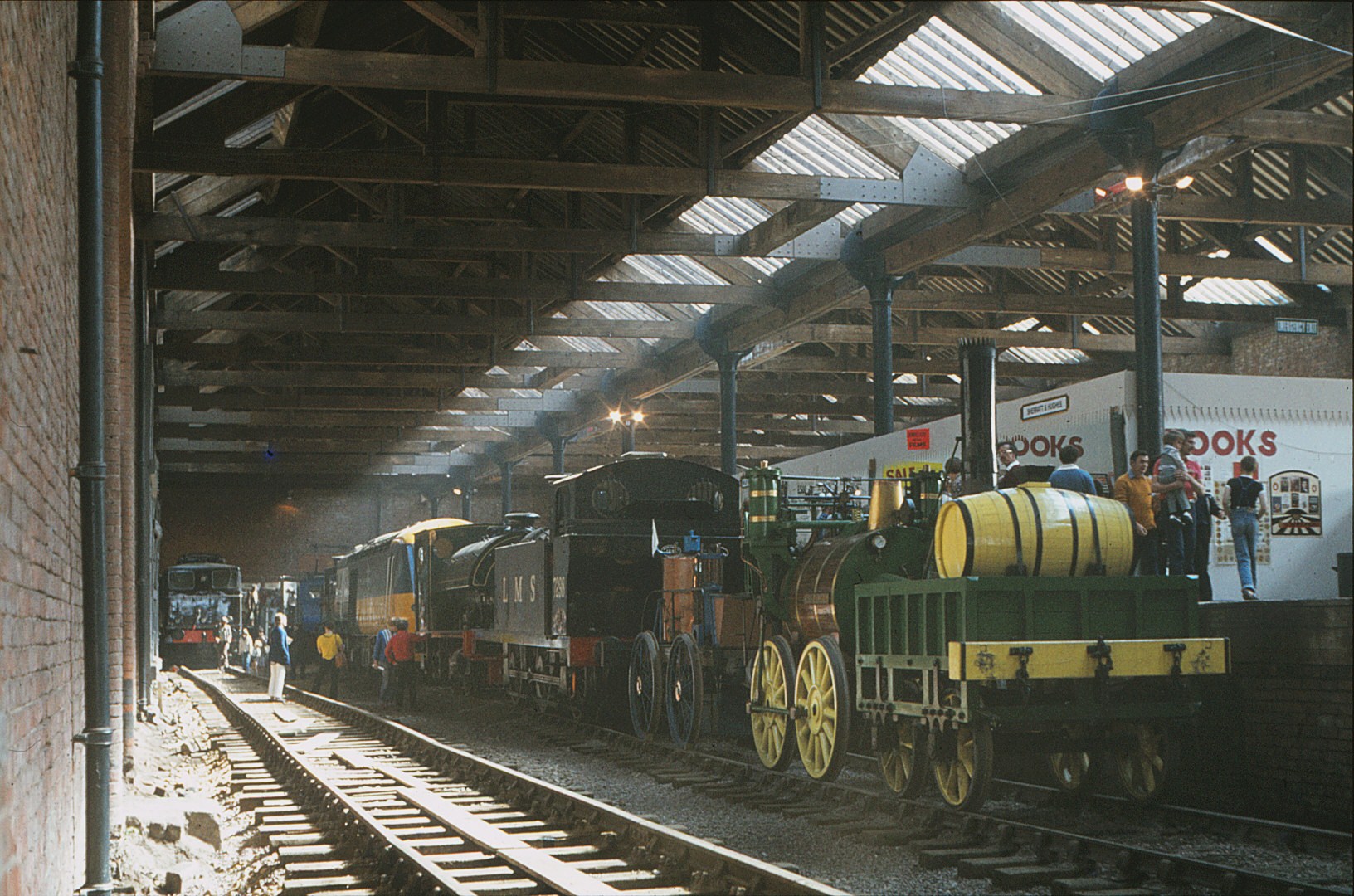
Enthusiasm for the historic building was developing, and transformation was well under way. Over the next three years, the derelict shipping shed was transformed into the Power Hall of the North Western Museum of Science and Industry. As well as structural renovation works, other modifications were made such as the addition of strong concrete bases for the working engines that would soon go on display, and walkways were created for museum visitors to explore the displays. Here are a few images of the transformation in progress over 1982 and 1983:

1983
In 1983, the Power Hall opened to the public, the first and one of the best-loved galleries in the museum. Home to a stunning collection of working engines, the Power Hall became a Manchester institution. It’s always been a very sensory experience. The Power Hall has been inspiring visitors for generations. The clank and whirr of engines, the hypnotic motion of a piston, the hiss of steam and the smell of oil often trigger fond memories for visitors who first visited the Power Hall as a child. The grand scale and brick walls of the shipping shed that houses the gallery have always been a distinctive part of the Power Hall experience.


2019
Aging infrastructure meant that we lost steam operations in 2017, and through numerous surveys, the Science Museum Group found structural issues within the fabric of the building, meaning that the whole gallery sadly had to be closed to the public in April 2019, after delighting generations of visitors for nearly 40 years.
The museum was committed to repairing the historic building and reinstating life and movement to the gallery, and later in the year we received a £6 million grant from DCMS, which, along with other funding streams enabled us to renovate the shipping shed, get our wonderful engines back in steam and reinterpret the gallery to create a fresh visitor experience.
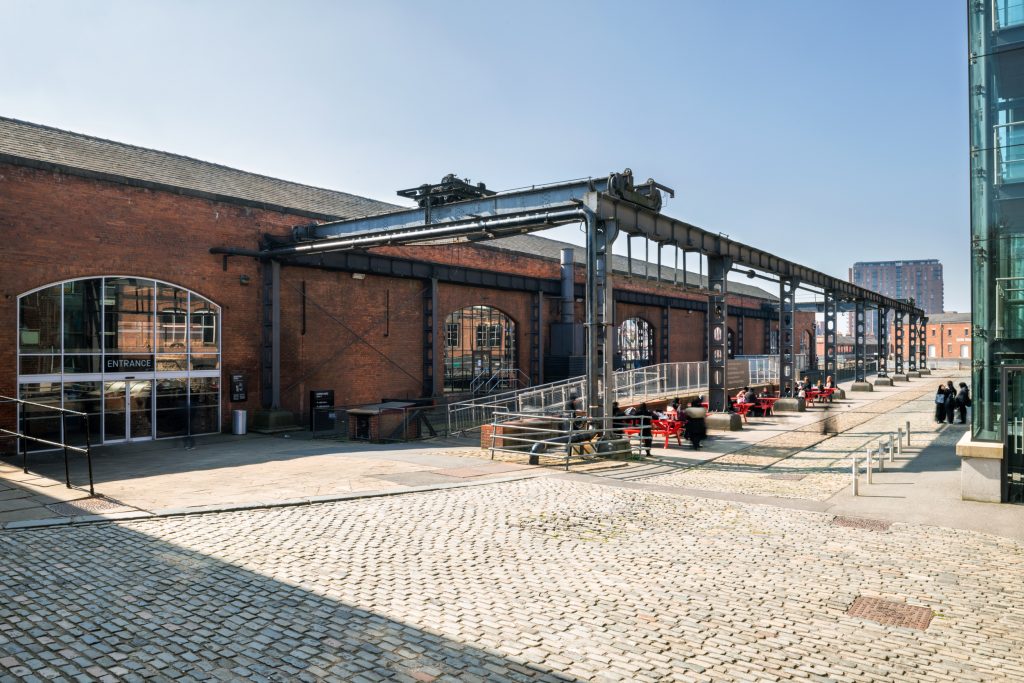
2024
In 2024, the museum carefully restored the gantry, even reinstating the original dark red colour found through detailed paint layer analysis.
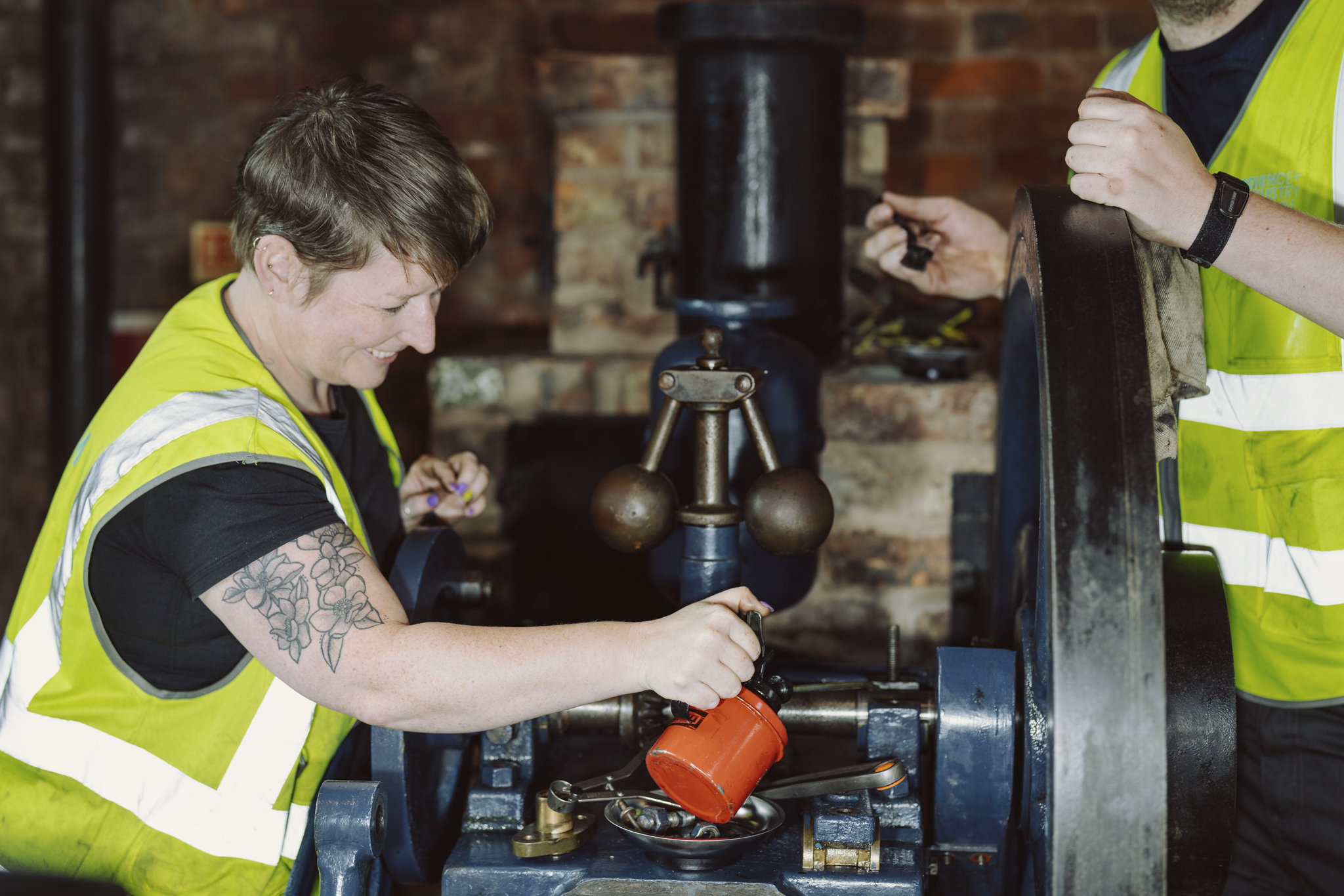
2025
After an epic repair and restoration project, the Power Hall reopens to visitors this autumn, with a restored building, gleaming engines, refreshed displays, and new greener technology powering our steam engines and warming the building. Power Hall will be inspiring visitors for generations to come.

One comment on “A timeline of the Power Hall”
Comments are closed.
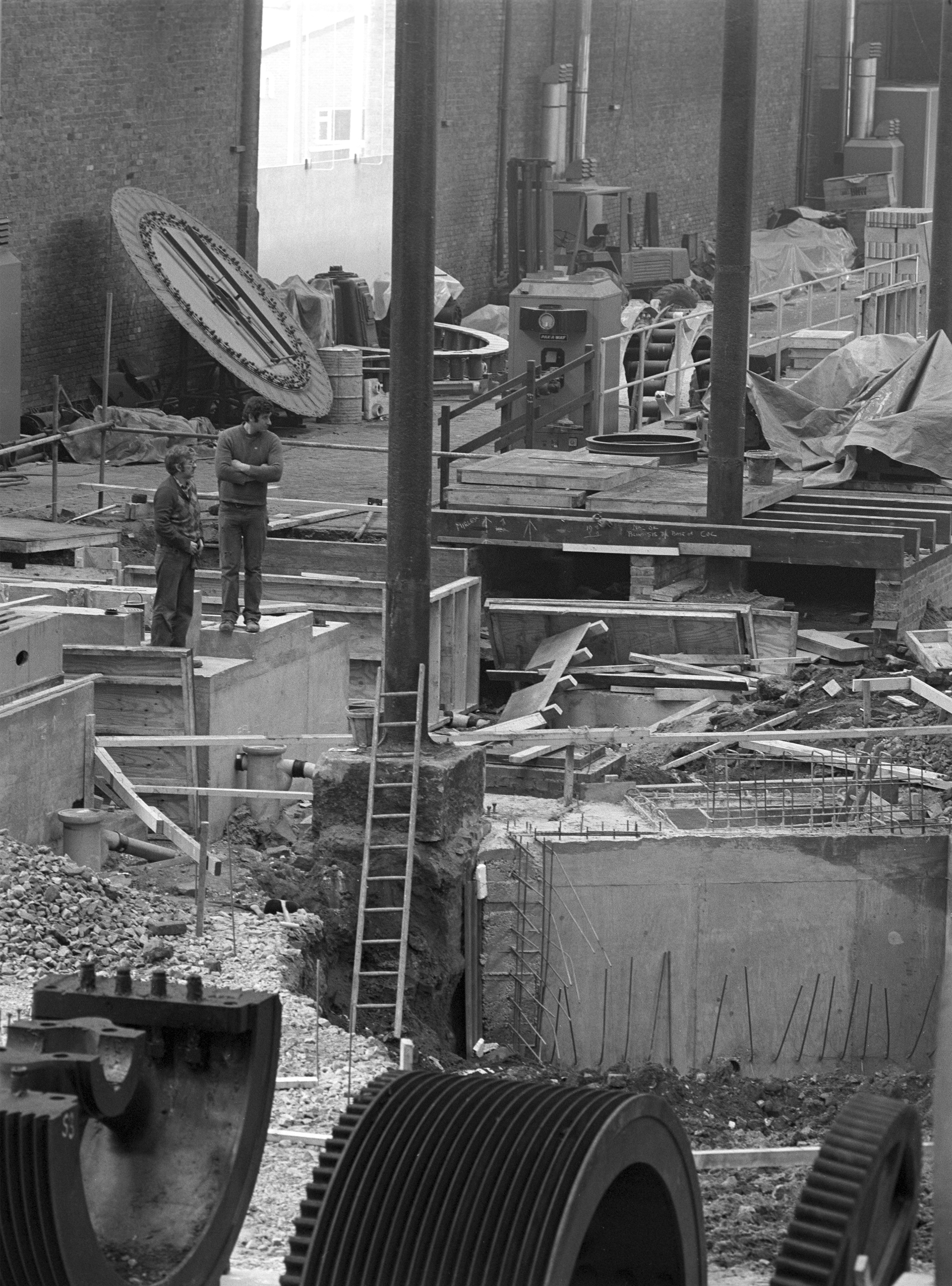
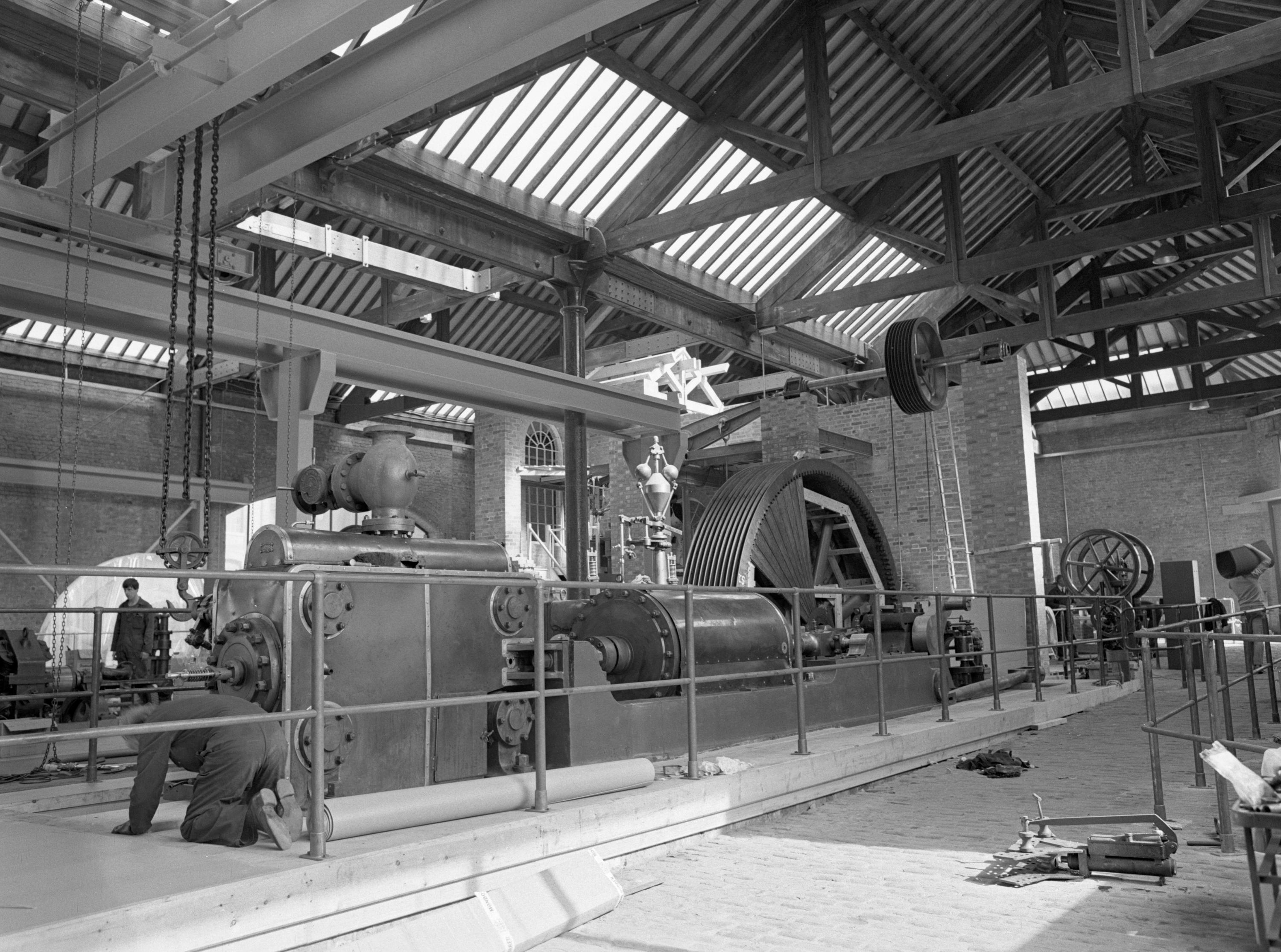
dear sarah read your blog on powr hall look forward to your talk at mrias. have got some slides of the empty power hall before mosi and also great railway exposition you might like to see sometime.